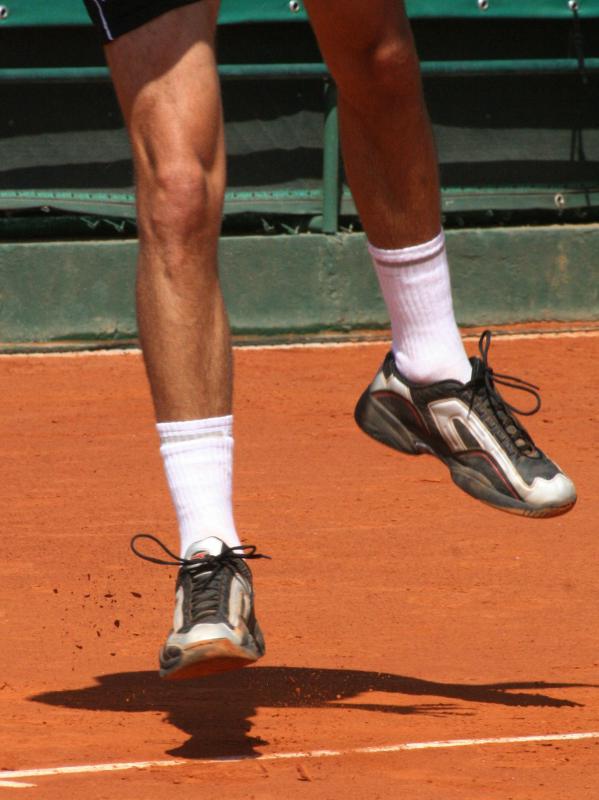At TheHealthBoard, we're committed to delivering accurate, trustworthy information. Our expert-authored content is rigorously fact-checked and sourced from credible authorities. Discover how we uphold the highest standards in providing you with reliable knowledge.
What is a Bursa?
A bursa is an important part of the anatomy of a joint that is designed to reduce friction so that the joint can move freely, with minimal resistance. Bursae allow the joints of the body to articulate repeatedly throughout life while withstanding pressures like the impact from running or the pull on a joint that can be caused with heavy lifting. In the human body, there are 160 bursae located in a variety of locations, ranging from the sizable joints at the shoulder and knee to the delicate and very important joints in the hands and feet.
The term “bursa” is derived from the Latin for “purse.” These structures take the form of small fluid-filled sacs. When the elements of a joint, including bone, cartilage, and ligaments, articulate in a movement, instead of rubbing against each other, they rub against the bursa. This distributes the stress of the joint movement, and also limits friction, allowing the joint to articulate very smoothly and evenly throughout its range of movement.

Typically bursae are very thin. Not very much material is needed to insulate a joint effectively. The outer layer of the sac is a tough capsule, designed to prevent rupture, and the interior is lined with synovial membrane, a type of tissue that includes specialized cells known as fibroblasts. Fibroblasts are cells that secrete fibrous materials and in the case of the bursae, they produce synovial fluid. This fluid is about the texture of egg whites, an ideal weight for a joint lubricant. Other cells inside the structure remove contaminants that work their way into the bursa to protect it from infection.

Sometimes, the bursa becomes inflamed in a condition called bursitis. When it is irritated, the fibroblasts go into overdrive and begin producing a high volume of synovial fluid. This causes the sac to swell. The joint becomes stiff and painful because instead of reducing friction, the swollen bursa puts pressure on the joint. Resting may allow the swelling to go down and sometimes anti-inflammatory drugs will be prescribed to bring the swelling down. Other techniques for treatment include elevating the joint and icing it.

In some cases, surgery is needed on the bursa. This can occur when the sac ruptures or becomes grossly swollen and inflamed. Some people with arthritis develop chronic inflammation in the bursa and this leads to damage in their joints. Surgery can be used to replace a joint altogether or to address a tear. It is often performed arthroscopically, with the use of a camera to view the inside of the joint and small incisions to introduce tools.
AS FEATURED ON:
AS FEATURED ON:

















Discuss this Article
Post your comments